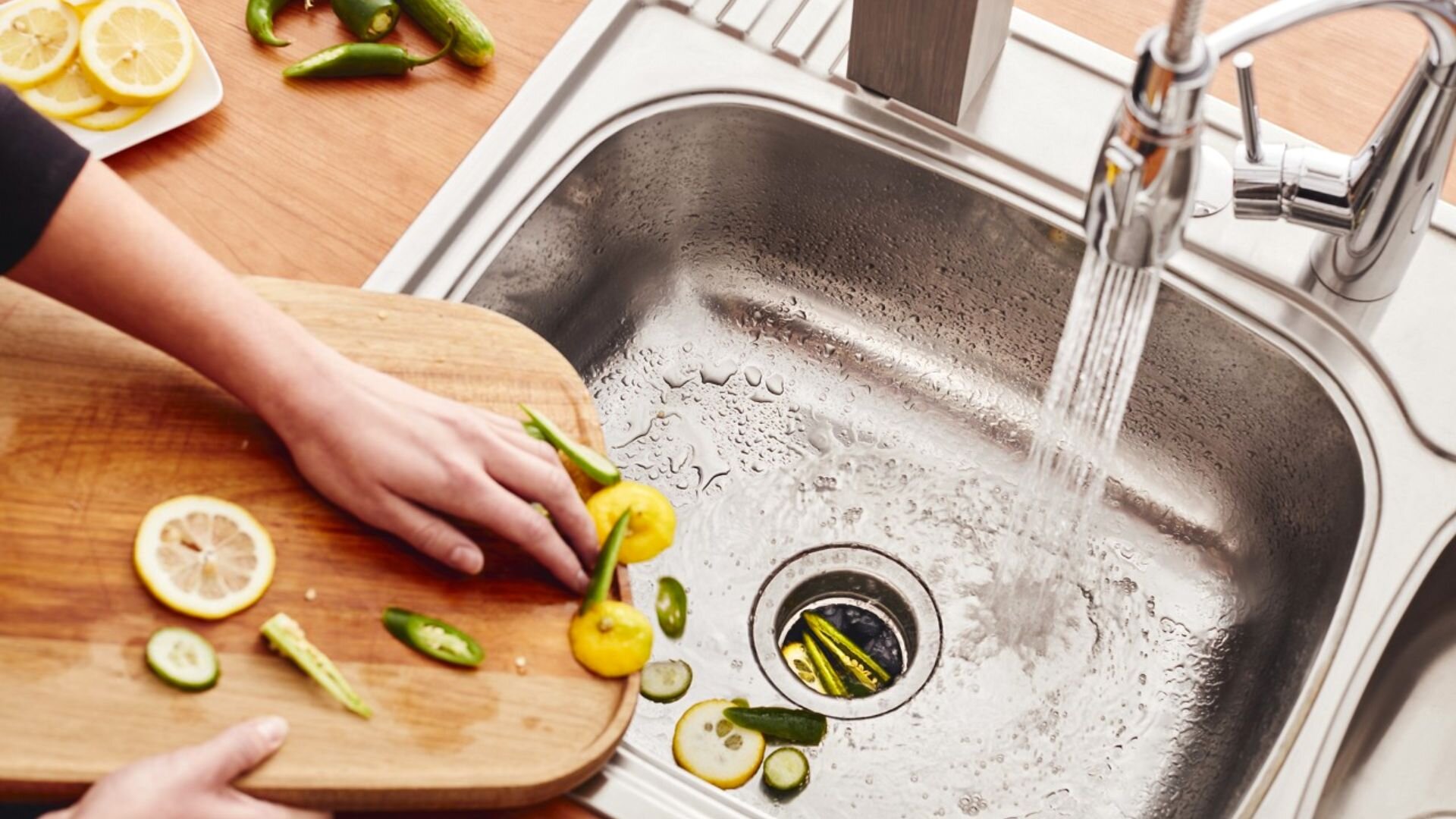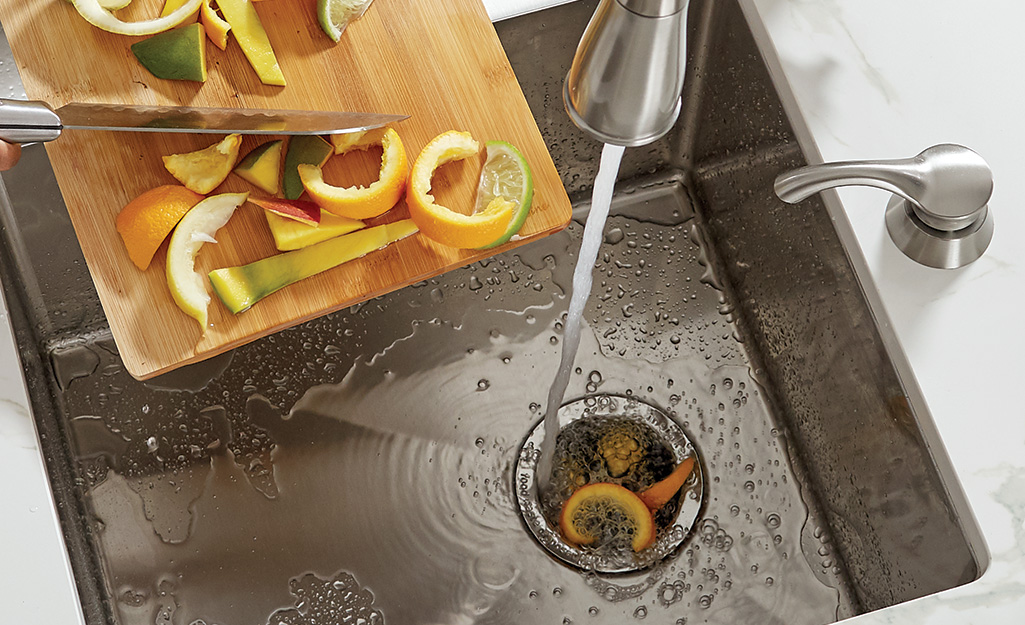Practical Techniques for Repairing a Dripping Garbage Disposal
Practical Techniques for Repairing a Dripping Garbage Disposal
Blog Article
This article which follows pertaining to Why Is My Garbage Disposal Leaking From the Bottom? is relatively enjoyable. Check it out for your own benefit and figure out what you think about it.

Garbage disposals are important kitchen appliances that assist in getting rid of food waste efficiently. Nevertheless, a leaking garbage disposal can be a frustrating and untidy issue to manage. Fortunately, numerous leaks can be taken care of quickly with a few basic steps. In this short article, we will discuss exactly how to fix a leaking waste disposal unit efficiently.
Introduction
Garbage disposals are mounted under cooking area sinks and are made to shred food waste right into smaller items, permitting it to travel through the pipes system quickly. While these gadgets are generally dependable, leaks can happen over time because of damage, loosened connections, or damages to the system.
Typical Causes of Leaks in Rubbish Disposals
Worn Seals and Gaskets
Seals and gaskets play an essential duty in avoiding water from dripping out of the waste disposal unit. With time, these components can degrade, leading to leakages around the disposal unit.
Loose Connections
The connections in between the garbage disposal and the plumbing system can come to be loose gradually, causing water to leakage out throughout procedure.
Splits or Holes in the Disposal System
Physical damages to the waste disposal unit, such as fractures or holes in the housing, can likewise lead to leakages.
Identifying the Source of the Leak
Before attempting to take care of a dripping waste disposal unit, it is important to identify the source of the leakage. This can commonly be done via aesthetic assessment or by conducting easy examinations.
Visual Evaluation
Examine the garbage disposal unit thoroughly for any type of indications of water leak. Pay very close attention to areas around seals, gaskets, and link factors.
Testing for Leaks
One way to check for leaks is by running water via the disposal device and looking for any type of visible indicators of leakage.
Tools and Materials Needed for Fixing a Dripping Waste Disposal Unit
Before beginning the fixing process, gather the essential tools and products, including a screwdriver, flexible wrench, plumbing's putty, substitute seals or gaskets, and epoxy or patching product for repairing cracks or openings.
Step-by-Step Guide to Repairing a Leaking Garbage Disposal
Shut off the Power
Before attempting any repairs, guarantee that the power to the garbage disposal unit is turned off to avoid the danger of electric shock.
Situate the Leakage
Recognize the exact area of the leak and determine the reason.
Tighten Connections
Use a wrench to tighten up any type of loose connections between the disposal system and the plumbing system.
Change Seals or Gaskets
If the leak is due to worn seals or gaskets, remove the old elements and change them with brand-new ones.
Patching Fractures or Openings
For splits or openings in the disposal device, use epoxy or an appropriate patching product to secure the damaged location.
Testing the Waste Disposal Unit After Repair Work
Once the repair service is full, test the waste disposal unit by running water through it to make certain that the leak has been resolved.
Preventive Maintenance Tips to Avoid Future Leakages
To stop future leakages, it is important to perform routine upkeep on your waste disposal unit. This consists of maintaining it clean, avoiding putting non-food items or tough objects down the disposal, and periodically checking for leaks or other concerns.
Conclusion
In conclusion, taking care of a dripping waste disposal unit is a reasonably simple procedure that can be completed with standard tools and materials. By complying with the actions described in this write-up and practicing precautionary maintenance, you can keep your waste disposal unit in good working condition and prevent pricey repair services in the future.
HERE’S HOW TO FIX YOUR GARBAGE DISPOSAL
WHAT TO DO IF SOMETHING IS STUCK IN YOUR GARBAGE DISPOSAL
If the impeller won’t turn, there’s probably something stuck in the disposal. It could be a steak bone or peach pit, although plumbers report pulling all sorts of inappropriate objects out of disposals, such as bottle caps or aluminum foil. Make sure power to the disposal is off, and look inside to see if you can see the source of the jam.
Never stick your fingers in a disposal. Pull out anything you see with tongs or pliers.
If the disposal still won’t work, it may be time to call a plumber or consider buying a new disposal. GEM Plumbing & Heating is here for all of your garbage disposal needs.
WHAT TO DO IF YOUR GARBAGE DISPOSAL DRAIN IS CLOGGED
Take everything out from underneath your sink and put a bucket or other container under your disposal to catch any water that drains out. Disconnect your disposal from the power supply. If it’s plugged into a wall outlet, unplug it. If it’s hardwired into an electrical box, go to the electrical panel and turn off the breaker for the disposal. Pour ¼ cup of baking soda into the drain, followed by ½ cup of white vinegar. Give the solution a few minutes to fizz and do its work. Look into the disposal with a flashlight to see if you can see an object that might be causing the clog. If you see it, remove it using tongs or pliers. MORE TIPS ON DEALING WITH A CLOGGED GARBAGE DISPOSAL
Never use drain cleaner in a garbage disposal. It can damage the plastic parts inside the disposal. You can also be splashed with the caustic liquid while working to clear the clog. Beware! Never stick your fingers into a garbage disposal. Trust us — not a good idea. In many instances, your dishwasher drains through your garbage disposal. This allows the disposal to grind any large food particles that may be drained out of your dishwasher. There are some jurisdictions, however, where the plumbing code prohibits such a connection. WHAT TO DO WHEN YOUR DISHWASHER DRAINS THROUGH THE DISPOSAL
Run some water in the sink so your plunger has at least a ½-inch of water to create a seal and plunge vigorously up and down several times. You may need to repeat this several times. Run hot water down the drain to clear any residue that remains.

Do you like reading about Why Is My Garbage Disposal Leaking From the Bottom?? Make a comment down below. We will be delighted to know your thinking about this page. Hoping that you visit us again in the future. Feel free to take a moment to promote this blog entry if you liked it. Many thanks for your time spent reading it.
Call Today Report this page